Adjacent to the Hauptbanhof is the home of where Oskar Schindler, the man who saved 1,200 Jews at Auschwitz, lived between 1965 and 1974. On the facade, a plaque rests in honor of his bravery in World War II.
Am Hauptbahnhof 4, Frankfurt am Main, Hessen, Germany
On August 28, 1749, at the strike of midday, or twelve, Johann Wolfgang von Goethe was born. This is the home where Johann and his sister Cornelia. Goethe is known as the “Shakespeare of Germany,” and is one of the most prolific writers in western civilization. In 1733, Goethe’s grandmother purchased the home. The house was destroyed during the war and rebuilt with original belongings. The museum is insight into Goethe’s life and a walk through 18th Century aristocratic luxury. Visitors will see everything from a 1700’s kitchen to Goethe’s writing desk. The museum is a must visit and nearly one mile from Hauptbanhof.
Cute, quaint and small, Altstadt is one of the few remaining historical areas in Frankfurt and is a short walk from Goethe’s home. No matter what Old Town you visit while in Germany, Altstadt is the center of where every city began. Frankfurt’s beginnings date back to 794, but sadly, because of World War II only part of the Old Town has been preserved. The Römerberg is the central square where you’ll discover ancient buildings and German restaurants and cafes.
Eat lunch or grab a coffee at Haus Wertheym, an authentic German restaurant serving traditions since 1479. Not only is the food excellent, with plant-based options, inside contains an array of historic artifacts from ancient pots to weathered signs. During the late spring and early summer, order the white asparagus soup, a German favorite.
This is the most impressive imperial church in the city. The church was built during the 14th and 14th Century and the emperors of the Holy Roman Empire were crowned here.
Alte Nikolaikirche and Paulskirche are two other noteworthy churches located in Altstadt.
Frankfurt am Main refers to the river that flows through the city. There are eight bridges in Frankfurt with Alte Brücke ("Old Bridge"), the 11th Century bridge and the 1868 Eiserner Steg ("Iron bridge") tied for first place in popularity. Walk the promenade or take a river cruise, the choice is yours but hanging out here is a way to see the locals enjoy simple and thoughtful living.
From here retire your afternoon by walking back to the train station to catch your train, bus or flight. I completed this itinerary in four hours, while spending one hour at the Goethehaus.
What's your favorite Frankfurt site or landmark?
This Lemon Tree article is now featured on GPSmyCity. To download this article for offline reading or travel directions to the attractions highlighted in this article, go to How to Spend an Afternoon in Frankfurt, Germany.
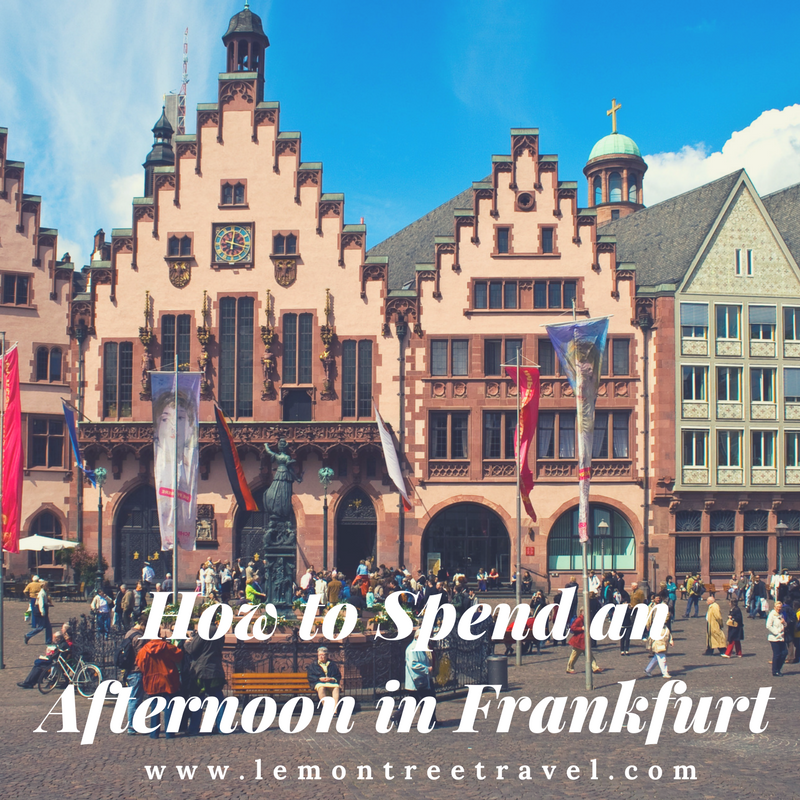
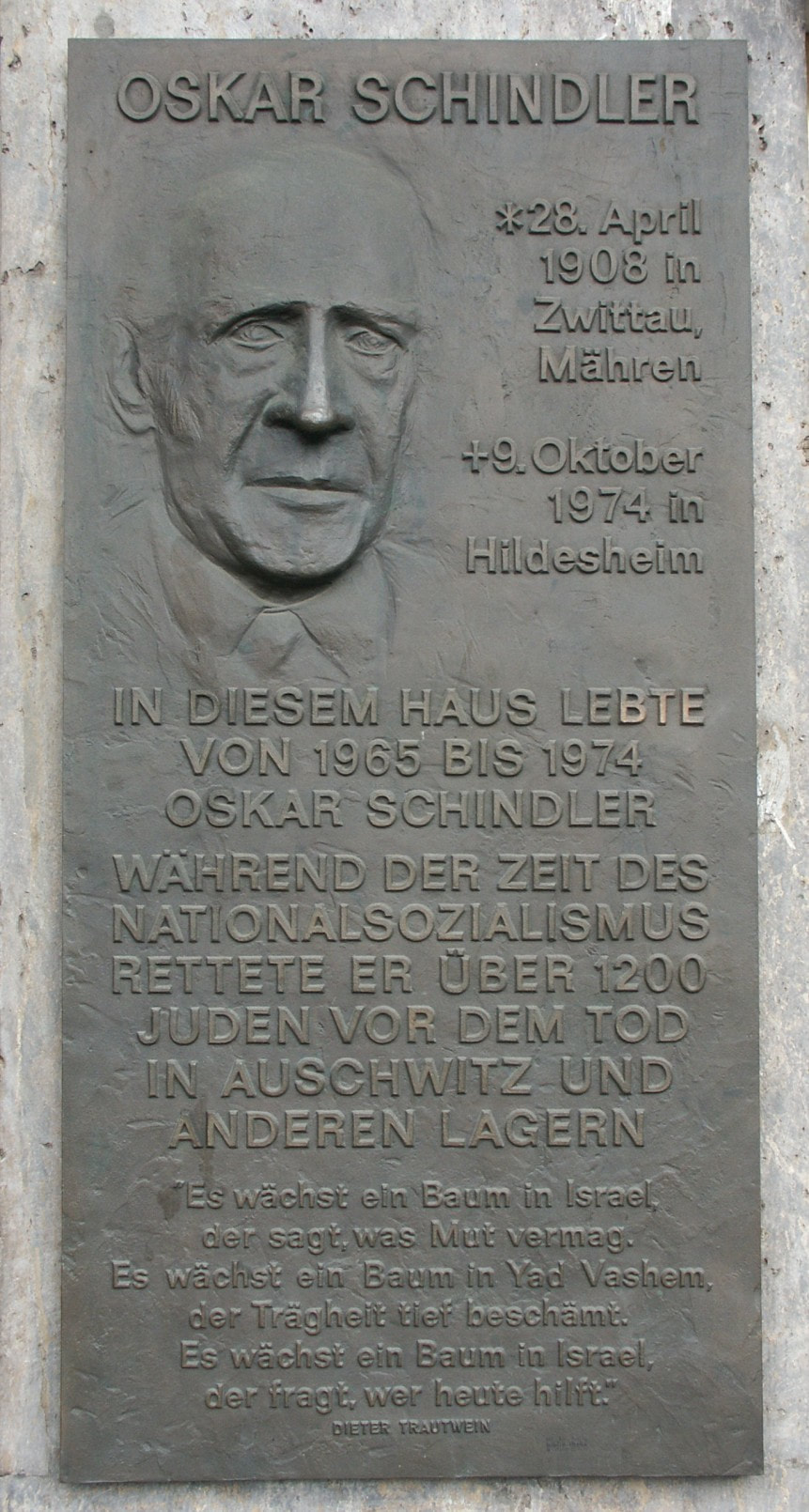
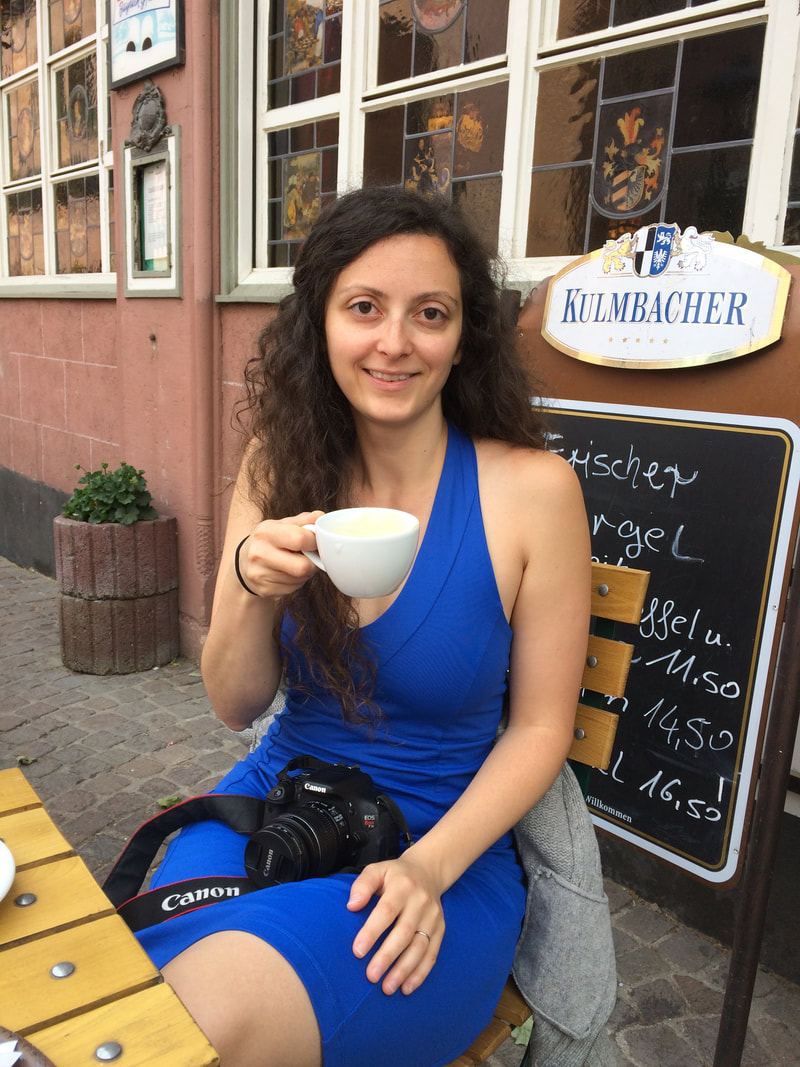
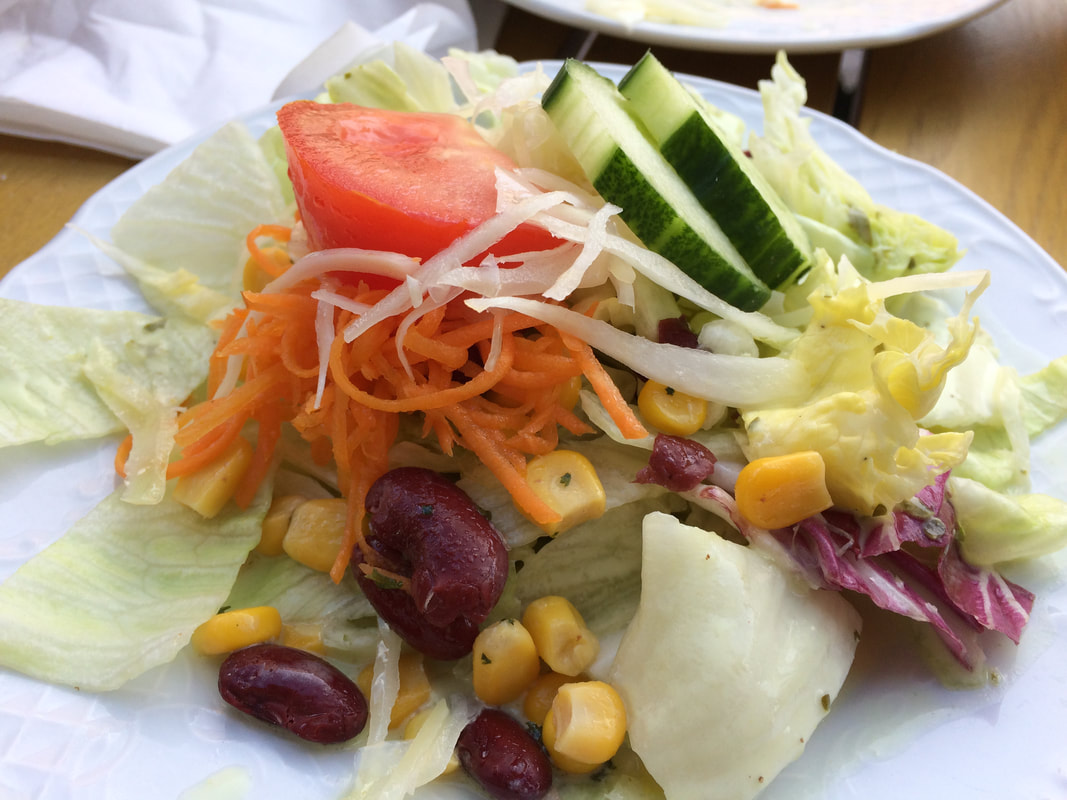

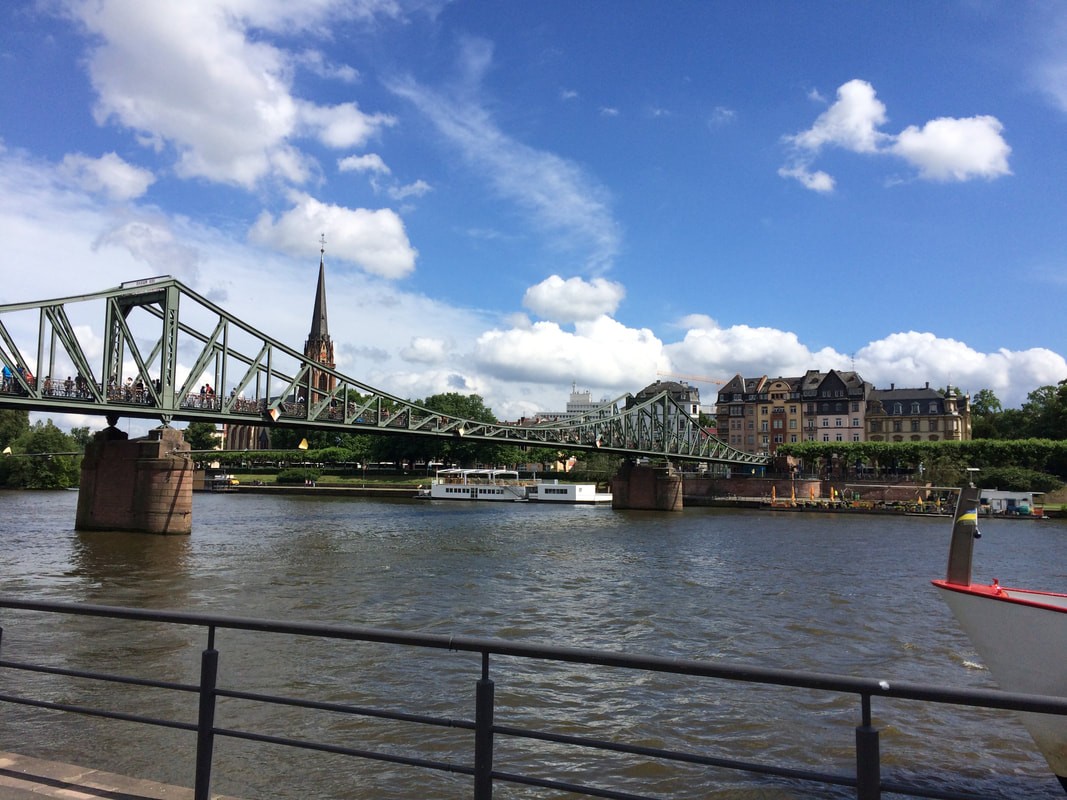


 RSS Feed
RSS Feed